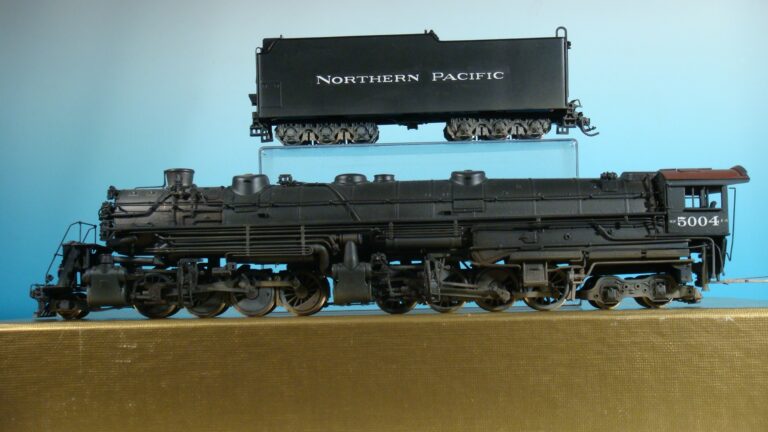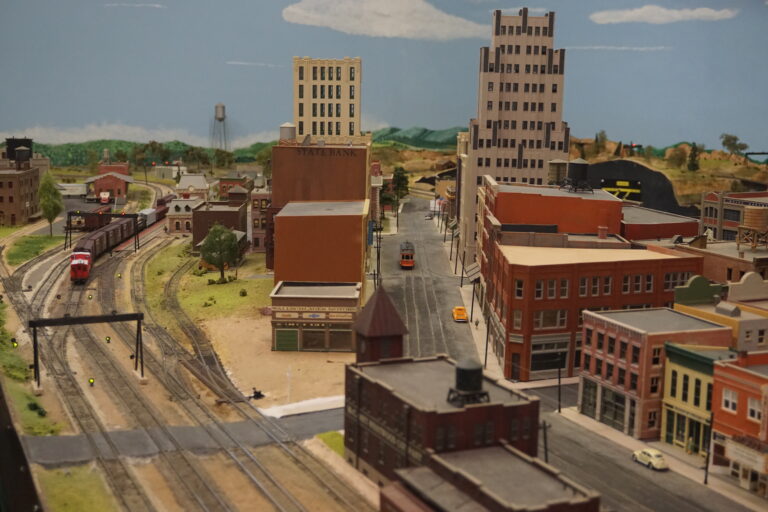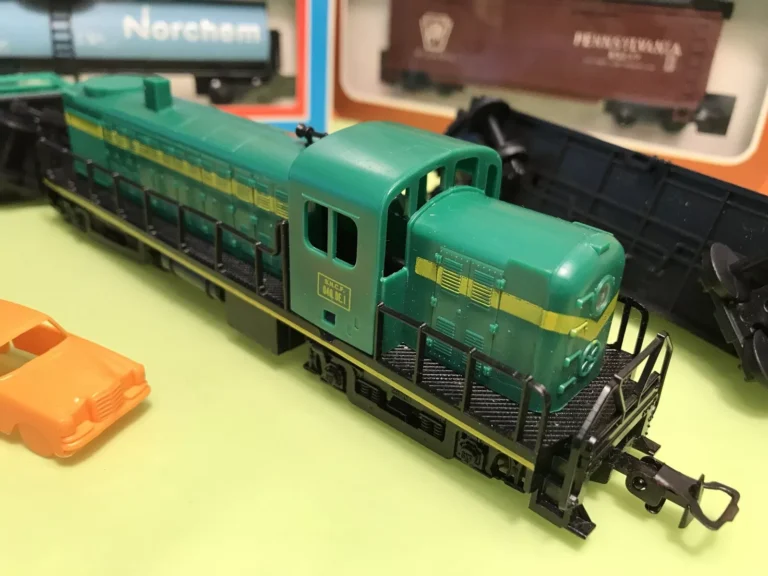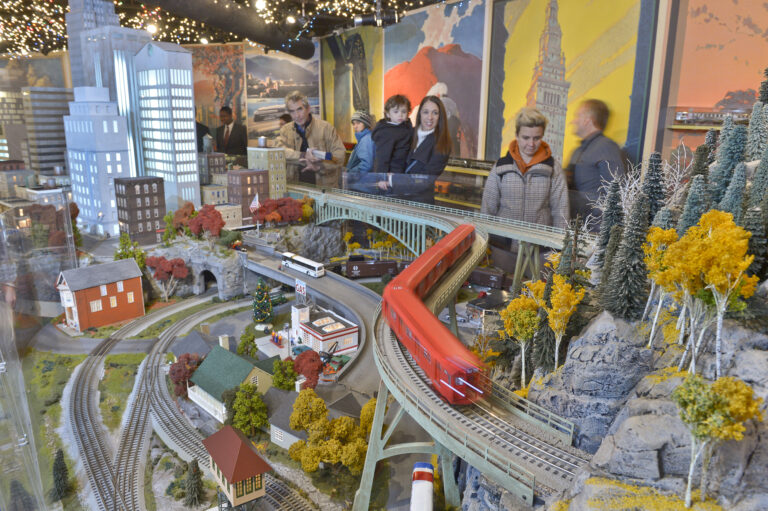The History of Model Railroading in America
From tinplate toys to high-tech layouts — explore the story of how model railroading became a beloved American hobby.

Model railroading has captivated generations of hobbyists across the United States — not just as a pastime, but as a uniquely American blend of engineering, nostalgia, and storytelling. From the early mechanical toys of the late 19th century to today’s digitally-controlled masterpieces, the evolution of model trains mirrors technological shifts and cultural changes in American life.
This comprehensive look at the history of model railroading in America explores the pivotal decades, key brands, technological advances, and social dynamics that shaped the hobby we know today.
The Tinplate Era: Clockwork Toys and the Birth of a Hobby (1890s–1920s)
The earliest American model trains weren’t built to scale or powered by electricity — they were tinplate toys, driven by wound-up clockwork mechanisms. German companies like Märklin led the way globally, but by the turn of the 20th century, American manufacturers began to rise.
One of the first major players was the Ives Manufacturing Company of Connecticut. By the early 1900s, they were producing wind-up locomotives with accompanying tinplate passenger cars, aimed at the growing middle-class toy market.
But it was Joshua Lionel Cowen’s Lionel Corporation, founded in 1900, that would redefine the American model train market.
Lionel’s Rise and the Electrification of the Track (1920s–1930s)
In 1906, Lionel introduced its first electric train — and soon discovered that children and adults alike were fascinated by its realism and motion. By the 1920s, Lionel trains became a household name, particularly with the introduction of their Standard Gauge electric trains. These large, colorful sets were prominently featured in department store displays and Christmas catalogs, further linking trains with holiday culture.

While the Great Depression of the 1930s temporarily dampened demand, Lionel weathered the storm, helped in part by offering more affordable O gauge sets, which would go on to become their flagship scale. O scale (1:48) offered a balance of visual impact and layout size, establishing it as the American standard for decades.
For more on Lionel’s continuing legacy, see Why Lionel Trains Still Matter in 2025.
Postwar Boom: The Golden Age of Model Trains (1945–1960)
Following World War II, America experienced a consumer and suburban boom — and model trains were at the center of it. Lionel, along with new competitors like American Flyer and Marx, reached the height of popularity during this period. Trains were seen as a wholesome family activity, often gifted during the holidays and set up in basements and rec rooms.
O gauge still dominated, but American Flyer began promoting their S scale (1:64) with two-rail track and a more realistic look, which appealed to more serious hobbyists. Marx, meanwhile, targeted the budget market with affordable tin trains that introduced many young enthusiasts to the hobby.
This was a golden age — model train clubs proliferated, train shows expanded, and entire communities of collectors and layout builders began forming across the country.

HO Scale Takes Over: Compact Realism (1960s–1980s)
By the 1960s, a new scale began to rise in popularity: HO (1:87). Originally developed in Europe, HO scale offered far more layout potential in a limited space, making it ideal for suburban homes and apartment living.
As the Baby Boom generation grew up and moved into smaller homes, HO offered a perfect compromise between realism, affordability, and space requirements. American manufacturers like Athearn, Tyco, and later Bachmann embraced HO, flooding the market with locomotives, rolling stock, and buildings.
During this period, many hobbyists began prioritizing prototypical accuracy, leading to a more serious modeling subculture. Weathered cars, realistic trackwork, and operations-based layouts replaced simple loops of track. Magazines like Model Railroader and Railroad Model Craftsman fueled this evolution.
To explore current perspectives on the hobby’s future, see Are Model Trains a Dying Hobby — Or Just Changing?.
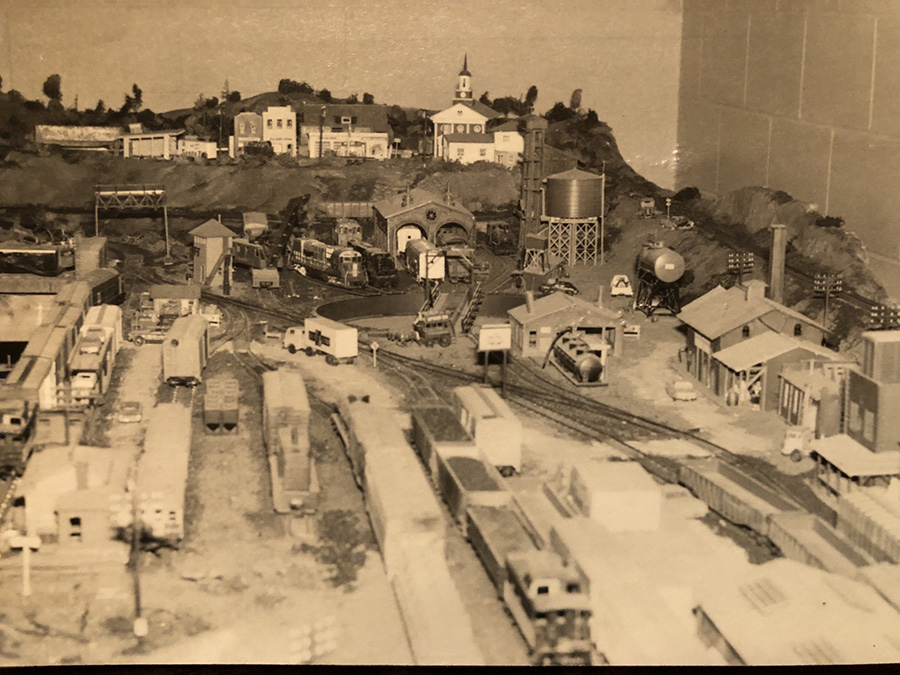
The Digital Age: DCC and High-Tech Layouts (1990s–Present)
The 1990s ushered in a wave of innovation that transformed the model railroading landscape: Digital Command Control (DCC). Unlike traditional DC systems, DCC allows for independent control of multiple locomotives on the same track, opening new possibilities for realism and operation.
Brands like Digitrax, NCE, and Bachmann embraced the new technology, while legacy brands updated their offerings to remain competitive. Sound decoders, onboard lighting, wireless throttles, and computer-controlled layouts became increasingly common.
This period also saw a shift in how hobbyists approached layouts. Realistic operations — with switching yards, timetables, and dispatcher control — became a core part of the experience for many. Meanwhile, the internet created new global communities and a thriving secondhand market on platforms like eBay.
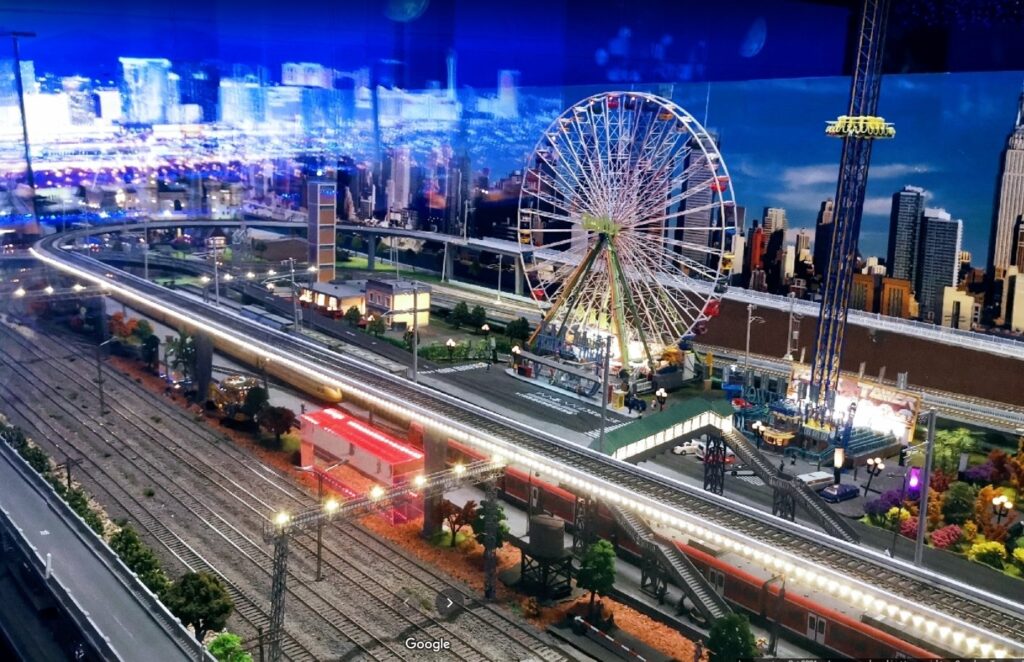
Cultural Shifts and the Resurgence of Nostalgia
While model railroading saw a dip in popularity among younger generations during the rise of video games and digital entertainment, there has been a recent resurgence — driven in part by nostalgia, retiree engagement, and the rise of high-quality ready-to-run (RTR) products.
More affordable sets from brands like Bachmann have lowered the entry barrier, while premium collectors still turn to Lionel Legacy and MTH RailKing for cutting-edge realism and performance.
For a comparison of major brands and their specialties, visit Top 10 Model Train Brands Ranked by Hobbyists.
From Basement Hobby to Cultural Touchstone
What began as a toy for wealthy children in the early 20th century has evolved into one of America’s most enduring hobbies. The model train layout — whether it’s a holiday tradition or a lifelong passion project — remains a symbol of craftsmanship, patience, and imagination.
Even as the hobby changes, the core appeal remains: the joy of watching a locomotive pull into a miniature station, the thrill of designing a world in scale, and the satisfaction of bringing motion to stillness.
Whether you’re just rediscovering the hobby or continuing a decades-long passion, understanding its rich history helps explain why model railroading still holds such a powerful place in the American imagination.

